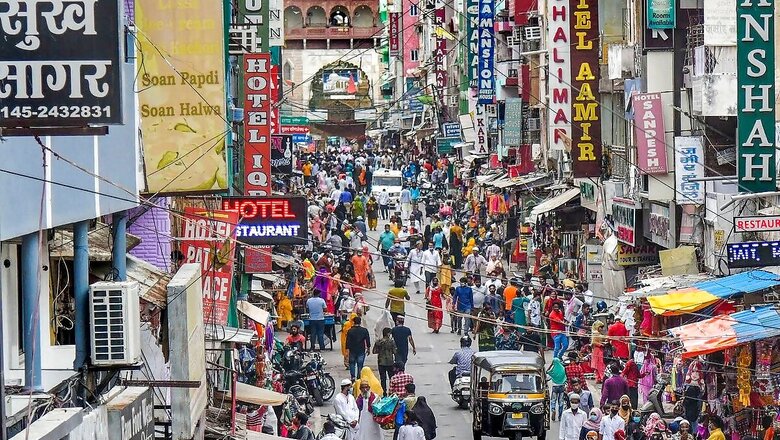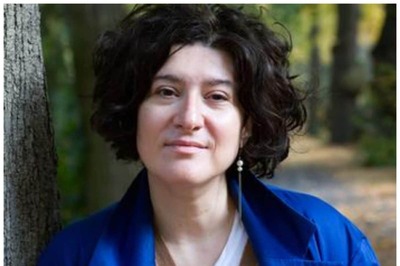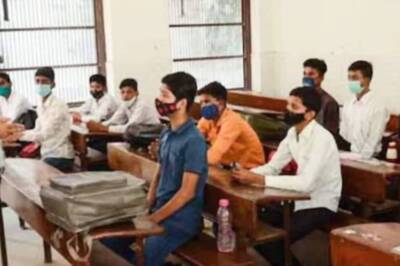
views
Once gasping for breath as a torrid second wave of Covid-19 tore through them, Delhi and Mumbai have shown a massive turnaround. While 85% of hospital beds earlier reserved for Covid-19 patients are now empty, Delhi’s positivity rate has dropped below one per cent and it reported one death.
The national capital recorded 76 fresh Covid-19 cases on Saturday, while the city’s positivity rate slipped to 0.09 per cent. The Covid-19 positivity rate had dropped to 0.11 per cent on Friday from 0.12 per cent the day before.
Mumbai reported 600 new cases and 13 deaths on Friday; on Thursday, it had reported 540 infections and 13 fatalities.
The numbers are encouraging as, at one point, the country’s national capital and financial capital were both breaking records for the highest number of coronavirus infections reported in a single day. These numbers were higher than those logged even during the first wave last year.
However, the new challenge before the authorities now is squashing Covid-complacency because though we may have won the war, the battle is far from over as experts time and again have warned of an impending third wave and the virus’s constant mutations keep posing newer challenges.
Record-breaking highs and lows
After record lows in January and February instilling a false of victory and success, India reeled under the onslaught of the second wave which was more deadly and virulent.
On April 20, Delhi reported a record-shattering 28,395 Covid-19 cases, while Mumbai’s highest tally came on April 4 with 11,163 cases.
Horrifying visuals of Covid-19 patients choking for breath outside hospitals as panicked families ran pillar to post pleading for oxygen tanks and ventilator beds made international headlines; rows of funeral pyres came to be synonymous with Delhi’s Covid situation.
Several city hospitals sent a barrage of SOS messages to authorities for oxygen supplies as lives of serious Covid-19 patients hung in balance. The acute scarcity of oxygen stock and hospital beds also resulted in a war of words between the Delhi government and the Centre both accusing each other of indulging in ‘cheap tactics during a pandemic’.
Delhi Chief Minister Arvind Kejriwal had even termed the shortage of oxygen for coronavirus patients an “emergency”.
In Mumbai, Maharashtra Chief Minister Uddhav Thackeray addressed a press conference where he announced strict measures and put the state under its second lockdown since last year.
Kejriwal announced a lockdown between April 19 and May 30 as the second Covid-19 wave raged through Delhi. It started unlocking in phases from May 31 with the permission to factories within industrial areas and construction activities to resume.
Malls, gyms, salons, cinemas, party halls and religious spaces were shut, and essential shops were allowed to function under limited hours.
‘Worst not over’
And now, with unlocking being undertaken in both places, the low numbers threaten to cause complacency. After being cooped up at home for months, people are now flocking to tourist destinations with little to no regard for norms. Viral videos of maskless crowds rubbing shoulders in markets, bathing together at waterfalls are giving authorities sleepless nights.
At every health ministry briefing, top health officials have been screaming hoarse urging citizens to follow Covid protocol as the ‘second wave is not over yet’, and the pandemic was not only very much around, it was, in fact, evolving.
Niti Aayog member V K Paul recently said that the number of new coronavirus cases and deaths have declined in the last three weeks as the spread of the pandemic has stabilised in most of the states, but the possibility of a second wave of infections in the winter season cannot be ruled out.
Third wave: Trials and tribulations
While the Maharashtra government is concentrating on increasing and upgrading its health infrastructure with a special focus on pediatric care, Delhi has drawn up a detailed graded response plan for unlocking.
Though Mumbai fulfils the criteria of level 1 restrictions (near unlock) based on the positivity rate and oxygen bed occupancy percentage, level 3 restrictions have been continued. Malls, theatres, and multiplexes are still closed, restaurants, gyms, salons have been allowed with 50 per cent capacity till 4 pm.
Public transport buses are allowed with full capacity but no standees. Local trains are allowed too but only for medical, essential workers and women (additional restrictions may be imposed).
Bracing for impact, the Maharashtra government is set to scale up stocks of essential medicines and testing kits. The Covid task force has told Thackeray that the state can expect a maximum active caseload to touch eight lakh in the third wave, of which four lakh are presumed likely to seek public health support. Among the 50 lakh cases, five lakh children are expected to be infected. Out of these five lakh children, 2.5 lakh will be expected to visit public centres and 3.5% of children may need admission and treatment under the supervision of paediatricians.
The plan drawn up by the Delhi Disaster Management Authority (DDMA) is divided into four colour-coded levels based on positivity rate (on two consecutive days), cumulative number of new cases (over a week) and average oxygenated bed occupancy (for a week).
The yellow (level 1) alert will be sounded when the positivity rate crosses 0.5 per cent or new cases increase to 1,500 or oxygenated bed occupancy reaches 500. The next level of alert, amber (level 2), will come into force if the positivity rate rises above one per cent or new cases number 3,500 or oxygenated bed occupancy reach 700. Amber alert will invoke the same response as yellow alert except that the Delhi Metro will run at 33 per cent of its seating capacity. According to government officials, during yellow and amber alerts intrastate buses will play with 50 per cent seating capacity for exempted category people, and the number of passengers will be limited to two in auto-rickshaws, e-rickshaws and cabs.
The onus of these succeeding will, however, lie on us and whether we do our bit in order to beat the virus.
Read all the Latest News, Breaking News and Coronavirus News here.



















Comments
0 comment